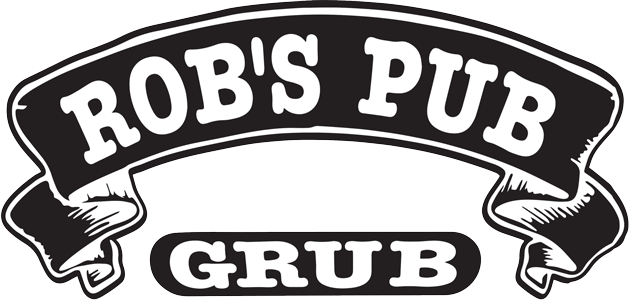Understanding Alcohol Content In Champagne
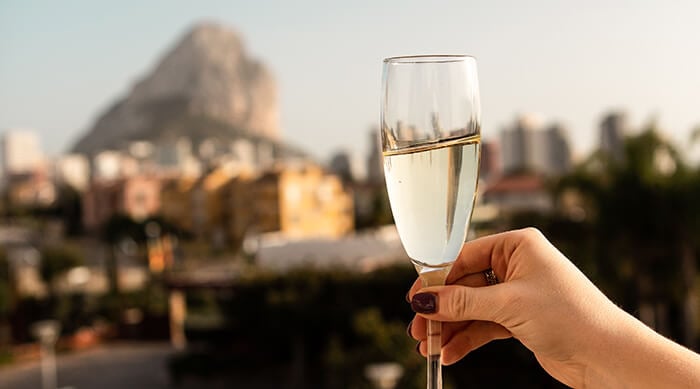
Understanding Alcohol Content in Champagne is essential for individuals looking to make informed choices when selecting a bottle. Champagne typically contains an alcohol content between 11.5% and 12.5% ABV (Alcohol by Volume). By being aware of this, consumers can align their preferences with their desired drinking experience. Whether someone prefers a lighter, more refreshing taste or a fuller, richer flavor, understanding the alcohol content in champagne helps ensure they can enjoy their drink responsibly without compromising their health or judgment. It allows individuals to choose champagne that suits their taste preferences and enhances their overall drinking experience.
Alcohol Content In Champagne: What Is ABV?
ABV stands for “Alcohol by Volume,” and it is a standard measure to determine the alcohol content in beverages. In the case of champagne, ABV refers to the percentage of alcohol present in the drink. Typically, champagne has an alcohol content between 11.5% and 12.5% ABV. This means that for every 100 milliliters of champagne, there is approximately 11.5 to 12.5 milliliters of pure alcohol. Understanding ABV is crucial for consumers to make informed decisions about their champagne choices and ensure responsible consumption.
The Impact Of Alcohol Content On Champagne Taste
The alcohol content in champagne has a significant impact on its taste. Higher alcohol levels can create a warming sensation and contribute to a fuller-bodied and more intense flavor profile. However, excessive alcohol can also lead to a harsh and burning sensation, overpowering the delicate flavors of the champagne. On the other hand, lower alcohol levels may result in a lighter and more refreshing taste. Finding the right balance of alcohol content is crucial for achieving the desired taste experience. It is important to consider personal preferences and the occasion when choosing a champagne with the appropriate alcohol content.
Factors Affecting Alcohol Content In Champagne
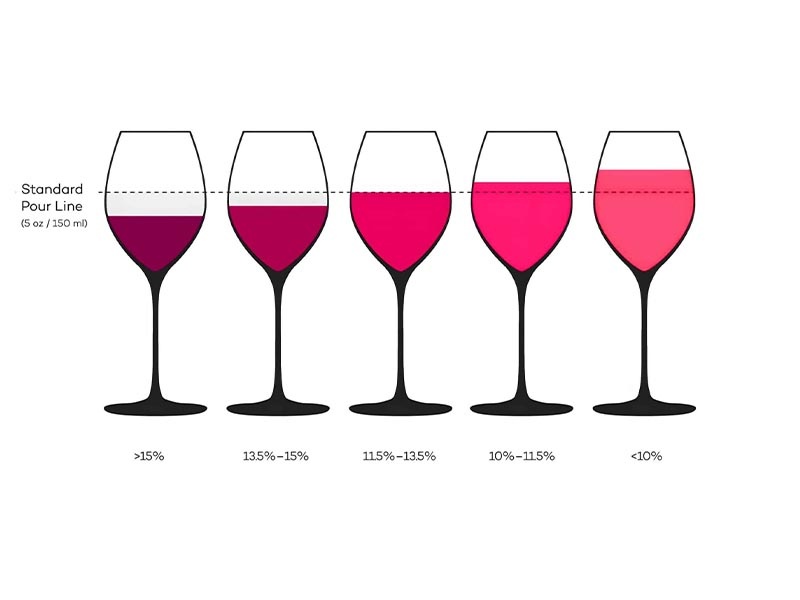
Several factors can impact the alcohol content in champagne. One crucial factor is the ripeness of the grapes at harvest. Riper grapes tend to have higher sugar levels, which can result in a higher alcohol content during fermentation. The winemaker’s choice of yeast and fermentation temperature can also influence the alcohol levels. Additionally, the blending of different grape varieties can impact the final alcohol content. The production method used, such as the traditional method or the tank method, can also affect the alcohol content in champagne. Overall, these factors contribute to the unique characteristics and alcohol levels found in different champagnes.
Grape Varieties And Alcohol Levels
Different grape varieties used in champagne production can contribute to variations in alcohol content. For example, Pinot Noir and Pinot Meunier grapes have higher sugar levels, which result in higher alcohol content. Chardonnay grapes, on the other hand, tend to have lower sugar levels and consequently lower alcohol levels. winemakers can blend these grape varieties to achieve a desired alcohol content and flavor profile. The choice of grape varieties, along with factors such as ripeness levels, fermentation techniques, and aging, all play a crucial role in determining the alcohol levels found in champagne.
Production Methods And Alcohol Content Variation
In the production of champagne, different methods can be used, which can affect the alcohol content of the final product. The two main methods are the traditional method (Méthode Champenoise) and the Charmat method.
- Traditional Method: In this method, the second fermentation, which creates the bubbles in champagne, occurs in the bottle. This process can result in higher alcohol content due to longer exposure to yeast.
- Charmat Method: In this method, the second fermentation occurs in a large tank before bottling. This method tends to produce champagnes with slightly lower alcohol levels compared to the traditional method.
These production methods contribute to the variation in alcohol content found in different champagne brands and styles.
Measuring Alcohol Content In Champagne
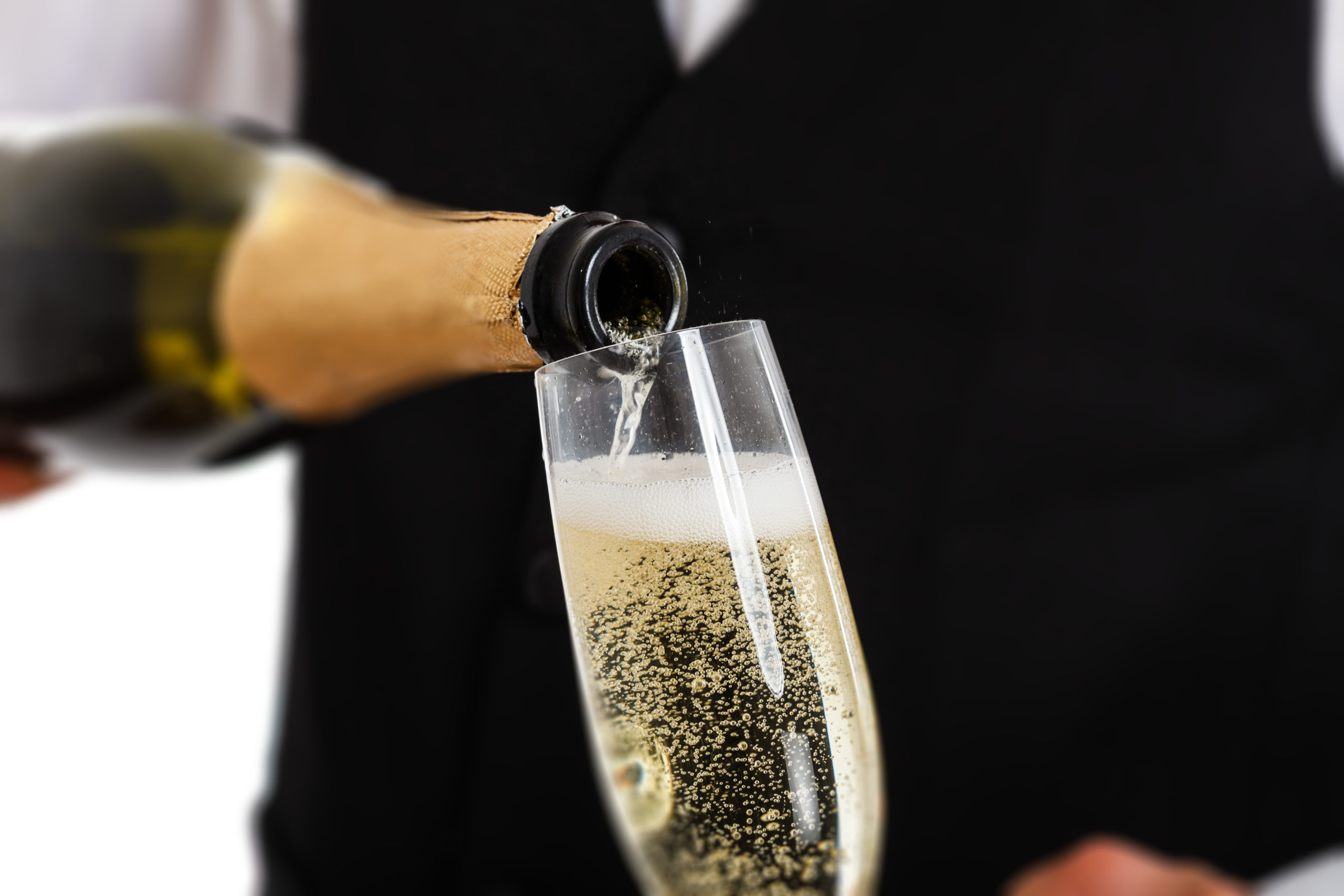
Measuring the alcohol content in champagne is an important step for both producers and consumers. The most common method used to measure the alcohol content is through the use of a hydrometer. This device measures the specific gravity of the liquid and can provide an accurate reading of the alcohol content. Another method is using a refractometer, which measures the refractive index of the liquid. Both methods require a sample of the champagne to be taken and tested. It’s essential to measure the alcohol content to ensure consistency and quality in the production and consumption of champagne.
ABV Testing Procedures
ABV Testing procedures are standardized methods used to accurately measure the alcohol content in beverages. The most common method is the hydrometer test, where a sample of the beverage is taken and its specific gravity is measured. This measurement is then used to calculate the alcohol content. Another method is the distillation test, where the sample is distilled to separate the alcohol, which is then measured. These procedures ensure that the alcohol content in beverages is determined with precision, providing consumers and producers with reliable information about the strength of the product.
Reading Alcohol Labels On Champagne Bottles
When it comes to reading alcohol labels on champagne bottles, it is important to look for the ABV or alcohol by volume percentage. This is an indication of the amount of alcohol present in the bottle. Common alcohol by volume percentages in champagne range from 11% to 12.5%. The ABV information can be found on the label, often near the bottom. It is essential to check this information to understand the strength of the champagne and make an informed choice.
Comparing Alcohol Content In Popular Champagne Brands
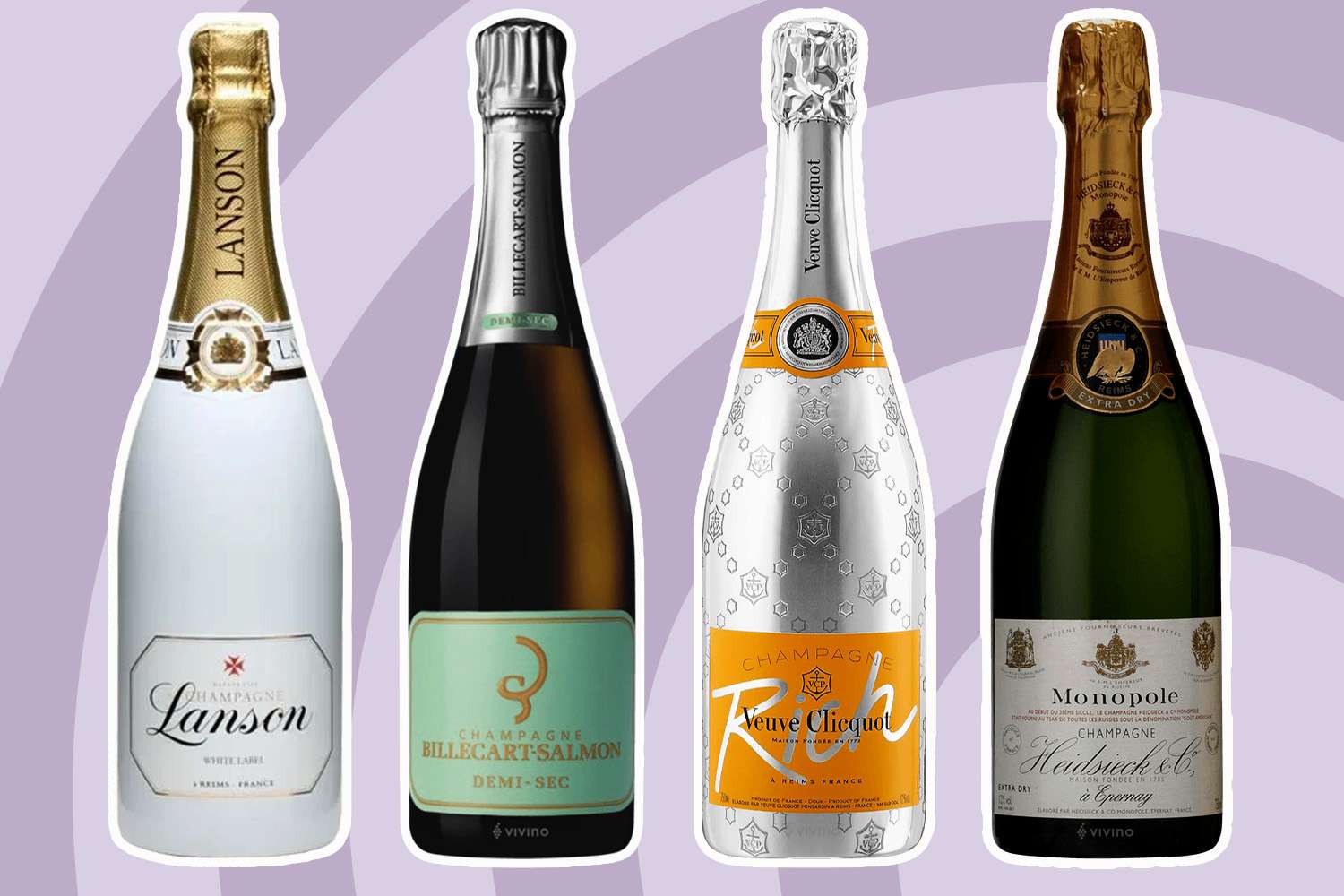
When comparing alcohol content in popular champagne brands, it is important to consider the ABV or alcohol by volume percentage. Here are the ABV ranges for some well-known champagne brands:
- Dom Perignon: 12.5%
- Veuve Clicquot: 12%
- Moet & Chandon: 12%
These percentages indicate the strength of the alcohol in each brand. It’s essential to check the labels and choose a champagne with the desired alcohol content based on individual preferences. Remember to drink responsibly and in moderation.
Alcohol Content Range In Popular Champagne Varieties
There is some variation in alcohol content among popular champagne varieties. Here are the general alcohol content ranges for different types:
- Non-vintage Champagne: The alcohol content of non-vintage champagne typically falls between 11.5% and 12.5% ABV.
- Vintage Champagne: Vintage champagne, which is made from grapes harvested in a single year, tends to have a slightly higher alcohol content. It can range from 12.5% to 13.5% ABV.
- Rosé Champagne: Rosé champagne, known for its pink hue, generally has a similar alcohol content to non-vintage champagne, ranging from 11.5% to 12.5% ABV.
- Blanc de Blancs Champagne: Made exclusively from Chardonnay grapes, Blanc de Blancs champagne may have a slightly higher alcohol content, ranging from 12% to 13% ABV.
- Blanc de Noirs Champagne: Produced from black-skinned grapes like Pinot Noir and Pinot Meunier, Blanc de Noirs champagne typically falls within the alcohol content range of 11.5% to 12.5% ABV.
These ranges can vary slightly depending on the specific champagne producer and vintage. It’s always a good idea to check the label for the exact alcohol content of the specific bottle you’re interested in.
How To Choose Champagne Based On Alcohol Preference
When selecting champagne based on alcohol preference, it’s important to consider the ABV (Alcohol by Volume) levels. If you prefer a lighter and more refreshing champagne, look for bottles with lower ABV, typically around 11.5% to 12%. For those who prefer a richer and more robust flavor, opt for champagne with a higher ABV, ranging from 12.5% to 13.5%. It’s also worth exploring different champagne styles, such as non-vintage, vintage, rosé, Blanc de Blancs, and Blanc de Noirs, as they may have varying alcohol content. Ultimately, choosing the right champagne based on your alcohol preference will enhance your overall enjoyment of the beverage.
Alcohol Content And Food Pairing With Champagne

When it comes to pairing champagne with food, the alcohol content plays a crucial role. Different champagne styles and alcohol levels can complement various dishes perfectly. For lighter fare, such as seafood or salads, a champagne with lower alcohol content, like a Brut Nature, is an excellent choice. The crispness and freshness of the champagne will enhance the delicate flavors of the dish. On the other hand, richer desserts or dishes can be paired with a champagne with higher alcohol content, such as a demi-sec, to balance out the sweetness. Understanding the alcohol content in champagne allows you to create harmonious flavor combinations and elevate your dining experience.
Balancing Alcohol Levels For Food Matching
When it comes to pairing champagne with food, the alcohol content plays a crucial role in creating a harmonious dining experience. Balancing the alcohol levels with the flavors and intensity of the dishes is key. Lighter fare, such as seafood or salads, pairs well with champagne that has lower alcohol content, like a Brut Nature. This allows the crispness and freshness of the champagne to enhance the delicate flavors of the dish. On the other hand, richer desserts or dishes can be paired with a champagne with higher alcohol content, such as a demi-sec, to balance out the sweetness. By considering the alcohol content, you can create perfect flavor combinations and elevate your dining experience.
Champagne And Dish Complementing Strategies
When it comes to pairing champagne with dishes, there are several strategies to consider for a harmonious combination. The key is to match the flavors and intensity of the dishes with the characteristics of the champagne. For example, a light and crisp champagne like a Brut or Extra Brut pairs well with delicate seafood, salads, and fresh oysters. On the other hand, a richer champagne like a Vintage or Rosé can complement richer dishes like roasted meats or creamy cheeses. It’s all about finding the balance and enhancing the flavors of both the champagne and the dish.
Conclusion

In conclusion, understanding the alcohol content in champagne is crucial for making informed decisions about consumption. The alcohol by volume (ABV) of champagne is typically around 12%. This knowledge is essential for moderating consumption and making educated choices about alcohol intake. By knowing the ABV of champagne, individuals can enjoy the beverage responsibly without compromising their health or judgment. Whether for celebratory occasions or casual gatherings, being aware of the alcohol content allows for a more enjoyable and balanced champagne experience.
Comparison Of Alcohol Content In Different Champagne Types
When it comes to the alcohol content in different Champagne types, there can be slight variations. While most Champagnes have an alcohol by volume (ABV) of around 12%, some may have a slightly lower or higher percentage.
For example, a non-vintage Champagne typically has an ABV of 11-12%, while a vintage Champagne can have a higher ABV of 12-13%. Additionally, Blanc de Blancs Champagnes, made exclusively from Chardonnay grapes, may have a slightly lower ABV of around 10-11%.
It’s important to check the label or consult with a sommelier to determine the exact alcohol content of a specific Champagne type. This information can help individuals make informed decisions about their alcohol intake and choose a Champagne that suits their preferences.
FAQ About Alcohol Content In Champagne: Checking ABV
Q: What is ABV in Champagne?
A: ABV stands for Alcohol by Volume, which indicates the alcohol content present in the Champagne.
Q: How is ABV measured in Champagne?
A: ABV in Champagne is usually determined through specific lab tests and calculations that measure the volume of alcohol as a percentage of the total volume of the liquid.
Q: Why is it important to check the ABV in Champagne?
A: Checking the ABV in Champagne is crucial for various reasons, including understanding its potency, following responsible drinking guidelines, and ensuring accurate labeling for consumers.
Q: Where can one find the ABV information on Champagne bottles?
A: The ABV percentage is typically displayed on the label of the Champagne bottle, providing consumers with clear information about its alcohol content.
Q: Can the ABV of Champagne vary between different brands or types?
A: Yes, the ABV of Champagne can vary depending on the producer, brand, or style of Champagne, making it essential to check the label for accurate information on alcohol content.
Q: How does the ABV affect the taste and characteristics of Champagne?
A: The ABV in Champagne can impact its flavor profile, body, and overall drinking experience, with higher alcohol content often contributing to a richer, more intense taste.
